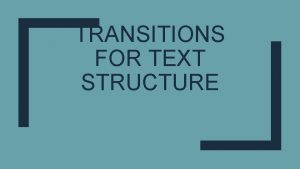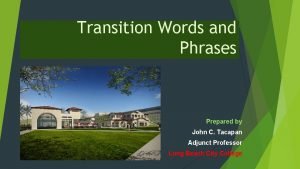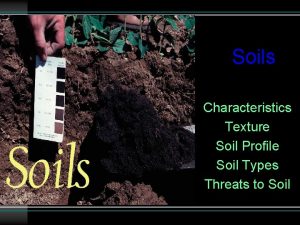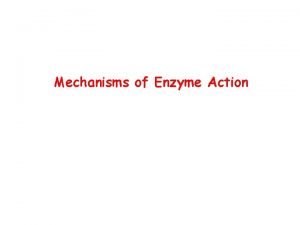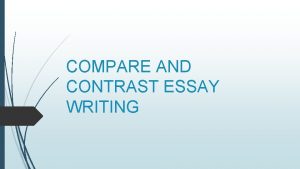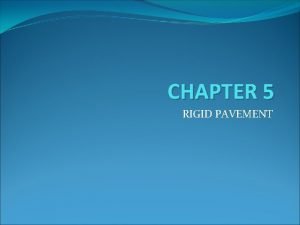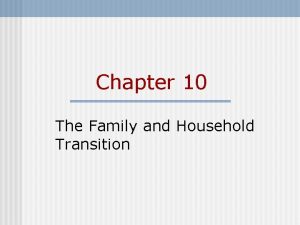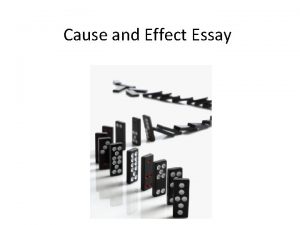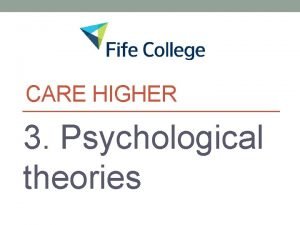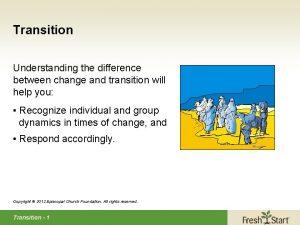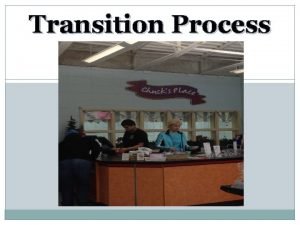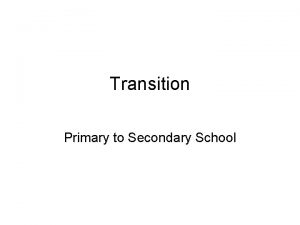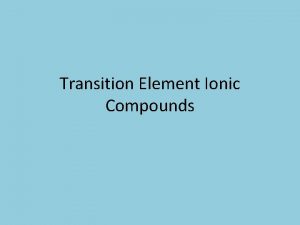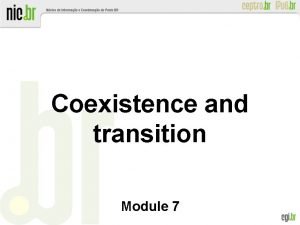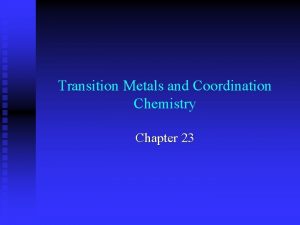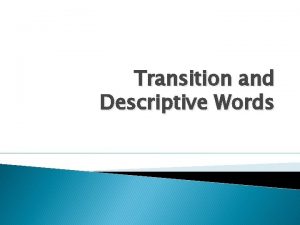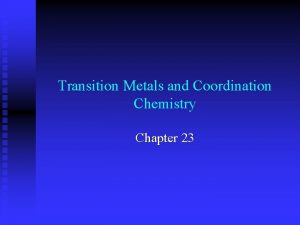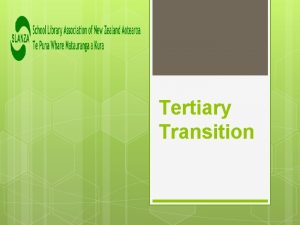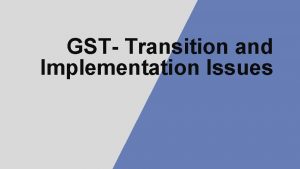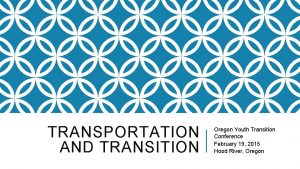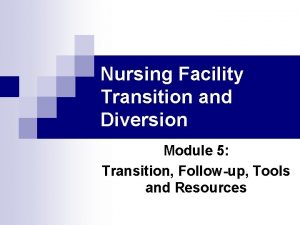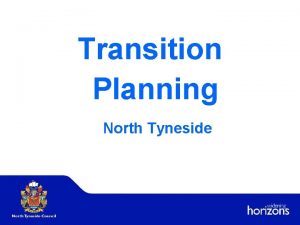Transition from C to C and a Review




















- Slides: 20

Transition from C to C++ …and a Review of Basic Problem Solving

Why Switch to C++ • To pass this class. ; -) • To get a job (or “Everyone else is doing it…”) • Path of least resistance to OOP • Nicer I/O model • Better comment format

Why Switch to C++ (cont’d) • Supports an OO approach to programming – Classes – Inheritance – Polymorphism – Exceptions • Provides powerful features on top of a “fast” language

How to Switch to C++ 1. Learn about differences a. New tools (compilers, debuggers, etc. ) b. New libraries c. New file naming conventions d. New syntax e. Available standards 2. Rethink programming approach

1 a. New Tools for C++ • Compiler: g++ or CC (CC is only on the SGIs) • Debugger: gdb, dbx (SGI), cvd (SGI), or printf(). ; -) • Some text editors “understand” C++. (formatting, syntax highlighting)

1 b. New Libraries for C++ • All of the C libraries still work! • Some C++ specific libraries will be introduced throughout the semester.

1 c. New File Naming Conventions for C++ • Some conventions for file names – foo. H, foo. C – foo. hh, foo. cc – Also foo. cpp, foo. cxx • Conventions for source code are on the course web page under Coding Standards

1 d. New Syntax • Syntax virtually identical to C – C++’s features add syntax • More on syntax throughout the semester

1 e. Available Standards • ISO/IEC 14882 in 1997 – Adopted ANSI in 1998

2. Rethinking Programming Approach • Programming languages provide tools – Tools are your language to solve problems – Learn to work with them, not against them – Use the idioms of the language

Some questions about C • What is C? – C is a low-level, procedural, systems programming language. • What problem did C solve? • Designed as a system’s programming language for UNIX in the 1970 s • A fast, flexible, low-level language was needed.

Some Questions about C++ • What is C++? – C++ is an extension of C that provides support for object-oriented programming. • What problem did it solve? – Stroustrup states, “I built C++ as a bridge over which people would pass from traditional programming to styles relying on data abstraction and object-oriented programming. ”

Procedural vs. Object-oriented • Procedural Programming – Program execution is a series of “procedures” operating on data. – Procedures (or “operations”) and data are separate constructs. • Object-oriented Programming – Program execution is a series of object interactions. – Data and operations on those data belong together as a single unit.

Why OOP? • OOP was “discovered” in the 1960 s: – The Simula project • Collections of variables and procedures for “natural units of programming”.

Goals of Software Development • When developing software, we strive for software that is: – Correct (meets requirements) – Reliable (bug free) – Easily maintained (corrections and upgrades) – Reusable

C++ for Software Development • As an “object-oriented” language, C++ helps create – Reusable code – More easily maintained code • Bad programmers will still write bad programs.

Problem Solving (A Review)

Tools for Problem Solving 1. Defining the problem (WHAT) • Formalization 2. Developing a solution (HOW) – Creativity – Decomposition

1. Defining the problem • Formalize the problem – Name it – If you can’t formalize it, you don’t understand it • Make your program solve the problem at hand (or a more general version of the same problem) • Constraints are part of the problem too! – Time – $$$ – Other Resources (memory, etc. )

2. Developing a solution • Creativity – Creative != “Slick” • Decomposition – Top down design – Every problem consists of subproblems. • Decompose your problem into its subproblems, then repeat on each subproblem. • Understand the interaction of the subproblems, then solve them one by one.
 Chapter review motion part a vocabulary review answer key
Chapter review motion part a vocabulary review answer key Uncontrollable spending ap gov
Uncontrollable spending ap gov Narrative review vs systematic review
Narrative review vs systematic review Inclusion criteria examples
Inclusion criteria examples Narrative review vs systematic review
Narrative review vs systematic review Text structure transition words
Text structure transition words Transition words to start a paragraph
Transition words to start a paragraph How to write a topic sentence example
How to write a topic sentence example It is the transition area between soil and parent material
It is the transition area between soil and parent material Difference between transition state and intermediate
Difference between transition state and intermediate Change and transition difference
Change and transition difference Hook transition thesis
Hook transition thesis Mutation and polymorphism
Mutation and polymorphism Transition words for compare and contrast
Transition words for compare and contrast Compare and contrast essay words
Compare and contrast essay words Difference between rigid and flexible pavement
Difference between rigid and flexible pavement Naverageat
Naverageat Cause and effect transition words
Cause and effect transition words Adam hayes and hopson
Adam hayes and hopson Concessions and refutations
Concessions and refutations Difference between change and transition
Difference between change and transition





